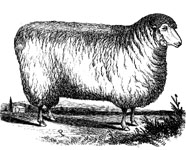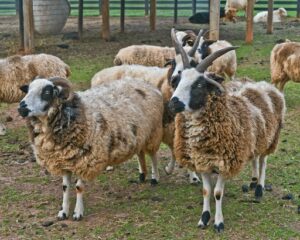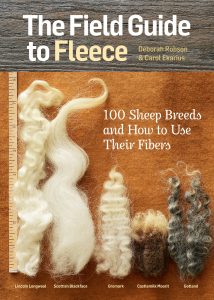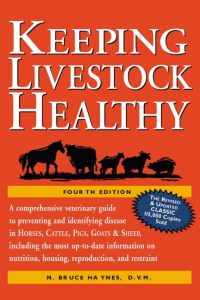
Breed Facts
Status:
Threatened
Use:
Wool, Meat, Pelts
Adult Weight:
Rams: 120-180 lbs. Ewes: 80-120 lbs.
Temperament:
Docile, Calm
Experience Level:
Novice – Intermediate
Notes:
Two, four, or occasionally six horns; spotted coats; goat-like appearance
JACOB – AMERICAN SHEEP
Sheep with spots have been described in many cultures throughout history, appearing in works of art from the Far East, Middle East, and Mediterranean regions. Among these accounts is the Biblical story of Jacob who bred spotted sheep and for whom this breed is named.
Spotted sheep were documented in England by the 1600s and were widespread by the mid-1700s. They became popular in England as ornamental, or “park” sheep. Jacobs were ideal for this role, as they were picturesque but required minimal care. Scant selection occurred for anything but hardiness, spots, and four horns. The result was a primitive breed that looked after itself well.
Jacob sheep were first imported into North America beginning in the mid-1900s, and most of today’s population descends from imports of the past 30 years. The breed has enjoyed widespread popularity among small flock holders as well as hand spinners and weavers.
Jacobs are small, horned, black and white sheep with a somewhat goat-like appearance. Variability is present, but this is characteristic of an unimproved, primitive breed. Ewes weigh 80-120 lbs. and rams 120-180 lbs. The sheep are more than half white with colored spots or patches. The colored portions of the fleece are usually black, but they can also be brownish, or a lighter color called lilac. Their skin is pink, and they usually have black hooves. They are excellent mothers and generally have 1-2 lambs in the spring.
The Jacob is a multi-horned or “polycerate” breed. Most animals have two or four horns, though six horns also occur. Both sexes are horned, and the rams can have horns of impressive size and shape. Because North American breeders have been selected primarily for fleece characteristics, the conformation of the sheep has remained very much like its historical description.
The breed produces a medium fleece that is light and open, with a staple length of four to six inches and a weight of three to six pounds. Unlike most other medium-wool breeds, the quality of the fleece has been a major selection factor in the recent history of the Jacob breed. As a result, it is much sought after by fiber artisans who enjoy its characteristics and color combinations – black, white, or a blend of the two.
The British Jacob has been selected for greater commercial productivity, including larger size and more uniform appearance, thus the populations in Britain and North America have diverged. The Livestock Conservancy has listed the North American population of Jacobs as a conservation priority.
The distinctive appearance of the Jacob has sometimes worked in its favor but at other times has proven an obstacle to its conservation as a pure breed. Spotted sheep of all shapes and sizes, including spotted Jacob-Dorset and other crosses, have been sold as Jacobs to unsuspecting buyers. Identifying and recording the purebred Jacob population has been a continuing challenge for American breeders.
Although Jacob sheep are generally raised for their wool, meat, and hides, they are also kept for their unique coat or as pets. They are hardy and strong and can tolerate extreme temperatures but need shelter in severe weather. They are good climbers. They are a social breed and are generally docile and calm, and their intelligence has made them popular for behavior studies.
Did you know:
Heritage breeds are being raised on more than 4,000 farms, ranches, and backyards across America. Still, new breeders must be recruited to protect and expand rare livestock and poultry populations. America’s farmers are aging; future generations of breeds need future generations of breeders. That’s why Livestock Conservancy microgrants now include a Youth Division to encourage tomorrow’s breed stewards. Click here to invest in the future with a gift today.
You may be interested in…

Breed Facts
Status:
Threatened
Use:
Wool
Adult Weight:
110 -160 lbs
Temperament:
Docile
Experience Level:
Novice – Intermediate
Notes:
Two, four or occasionally six horns, spotted colors
You may be interested in…




